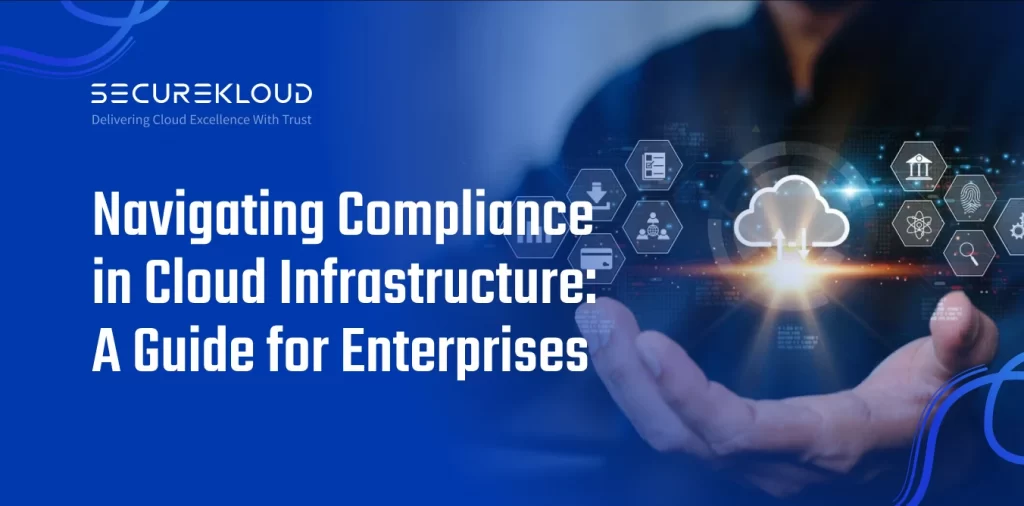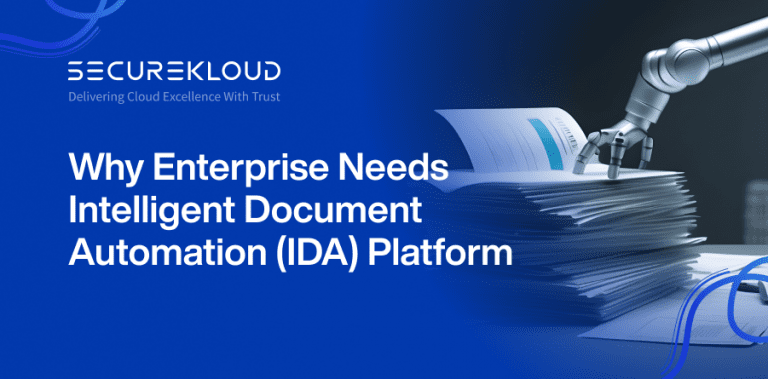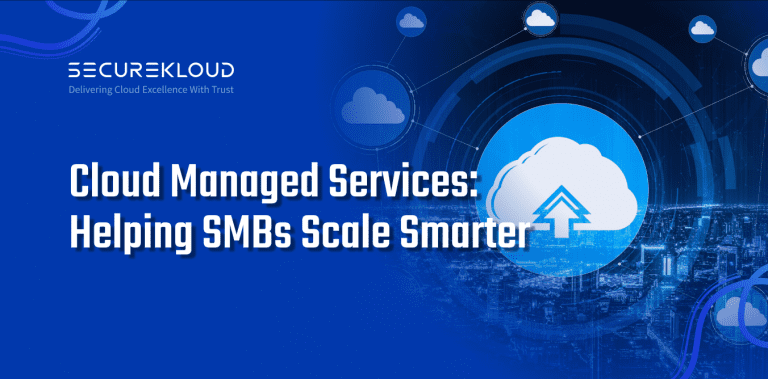- 4Minutes
- 671Words
- 3Views
Cloud computing has grown to be of the utmost importance to companies, whether they are large or small. However, like all new technologies, it comes with several challenges. One major challenge would relate to cloud regulatory compliance.
Compliance in the cloud is the process of making a cloud-based system meet all relevant regulatory requirements. It can be very complex because one set of different regulations may apply depending on the industry and location of the business.
Enterprise Cloud Compliance
Enterprise cloud compliance is a key issue that every organization, whether big or small, is concerned with. Failure to comply with applicable regulations can lead to serious fines and penalties.
Furthermore, it could destroy the reputation of an organization and results in the partial or complete loss of customers.
There are different legislations that may be effective for enterprise cloud compliance.
Some of the most common ones include:
- General Data Protection Regulation (GDPR): It applies to any organization that deals with the processing of personal data of European Union citizens.
- Health Insurance Portability and Accountability Act (HIPAA): The regulation applies to any organization that deals with PHI.
- Payment Card Industry Data Security Standard (PCI DSS): This standard applies to any organization which accepts credit card payments.
- Sarbanes-Oxley Act (SOX): This act applies to publicly traded companies in the United States.
Cloud Regulatory Compliance
Cloud regulatory compliance can be a troublesome task. There are several different regulations that may apply, and it can be hard to keep track of all of them. Also, the requirements of these regulations have altered over time.
There are several steps that a company could take to ensure it is in compliance with the various cloud regulations, such as:
- Performing a risk assessment: When you perform a risk assessment it will provide you with the regulations to which your business is subject.
- Executing a cloud compliance plan: This strategy will outline exactly what you need to do in order to become and remain compliant.
- Implementing security controls: Whenever security controls are implemented, it will help prevent unauthorized access to your data and systems.
- Monitoring enterprise cloud compliance: This will assist and guide you to identify and address any compliance issues thus enabling seamless processing.
Pro-tips for Navigating Cloud Compliance
- Start Early: The earlier enterprises do cloud compliance planning, the easier it is.
- Expert assistance: Several consultants and numerous other experts will be at your disposal to assist with cloud compliance.
- Stay well-informed: Keep up-to-date on the latest regulatory requirements to keep aside the hassle of last-minute processing and challenges.
- Be proactive: Keep the dangers at bay, which means never waiting for a cloud compliance problem to develop.
- Utilize Cloud Provider Tools and Services: Cloud compliance features and tools are part of the offerings provided by many cloud providers to support you in meeting cloud regulatory compliance requirements; leverage them to make the most for your business.
- Prioritize Data Security: Implement strong security measures for data to keep sensitive information safe and align the practice with data privacy regulations.





